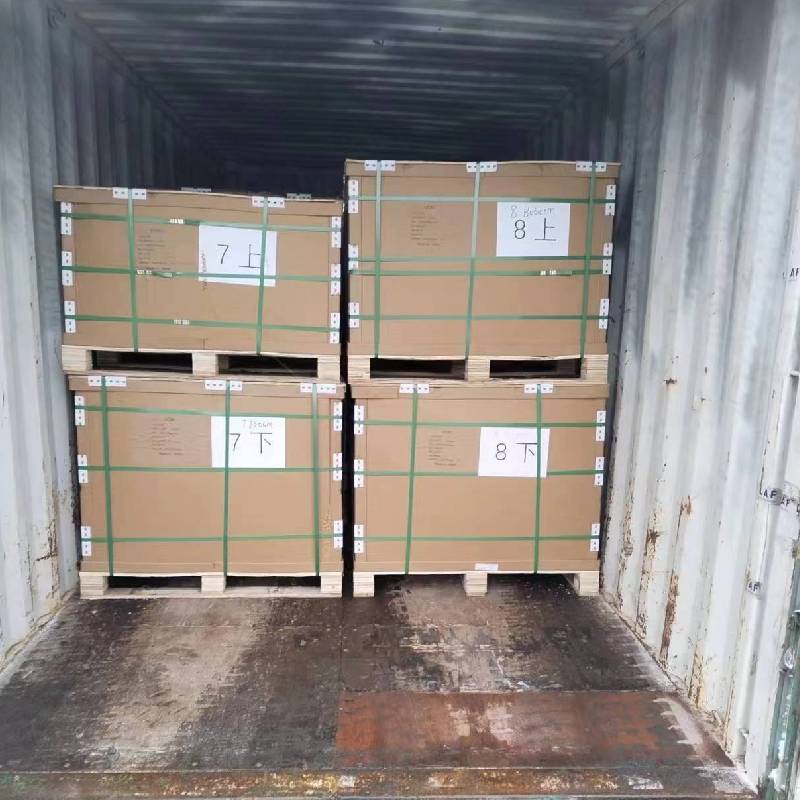
- Mobile Phone
- +8613931874955
- sales@cntcmetal.com
brick cavity ties
Understanding Brick Cavity Ties Importance, Types, and Installation
Brick cavity ties are essential components in the construction of cavity wall systems. These ties play a vital role in ensuring the structural integrity, durability, and weather resistance of buildings. In this article, we will explore the purpose of brick cavity ties, the various types available on the market, and key installation practices that ensure their effectiveness.
What Are Brick Cavity Ties?
Brick cavity ties, also known as wall ties or cavity wall ties, are metal connectors that link the outer brick wall to the inner wall, typically built with block or concrete. Their primary purpose is to stabilize the walls, providing lateral support and preventing the outer leaf (the exterior layer of bricks) from bowing or collapsing. Cavity walls, which consist of two separate walls with an air gap in between, are designed to enhance thermal performance and protect against moisture penetration.
Importance of Brick Cavity Ties
The importance of cavity ties can’t be overstated
. They serve several critical functions1. Structural Stability Cavity ties ensure that the two walls of a cavity wall system work cohesively to withstand forces such as wind loads, preventing structural failure over time.
2. Moisture Management By connecting the two walls, cavity ties help manage any moisture that may enter the cavity, allowing for proper drainage and ventilation, which are vital for reducing the risk of mold and decay.
3. Thermal Efficiency They contribute to the overall thermal performance of the building, as the cavity wall structure minimizes heat transfer, keeping buildings warmer in winter and cooler in summer.
4. Building Code Compliance In many regions, building codes mandate the use of cavity ties in cavity wall systems, making them a crucial consideration for new construction projects.
Types of Brick Cavity Ties
There are several types of cavity ties available, each designed for specific applications based on load requirements and environmental conditions
brick cavity ties

1. Metal Ties Commonly made from stainless steel or galvanized steel, these ties offer excellent strength and corrosion resistance. They are often used in high-rise buildings and areas susceptible to severe weather conditions.
2. Plastic Ties These are lightweight and resistant to corrosion and thermal bridging, making them suitable for less demanding applications and areas with a lower risk of moisture.
3. Composite Ties A combination of materials, these ties are designed to provide the benefits of both metal and plastic, such as thermal performance and structural integrity.
4. Specialty Ties In some cases, specialty ties may be required for unique applications, including seismic zones or historic preservation projects where traditional design methods must be adhered to.
Installation Practices
Proper installation of cavity ties is crucial for their performance. Here are some best practices
1. Spacing It’s important to follow manufacturer specifications regarding spacing. Generally, cavity ties should be installed at intervals of 600mm vertically and 900mm horizontally, but this can vary based on wall height and local regulations.
2. Correct Placement Ties should be positioned at the same level or just above the damp-proof course to facilitate moisture management. The outer leaf should be laid up tightly against the ties.
3. Quality Control Inspect all materials before installation to ensure they meet quality standards. Rusted or damaged ties can compromise wall integrity over time.
4. Compliance with Codes Always adhere to local building regulations concerning cavity wall systems to ensure safety and structural reliability.
Conclusion
Brick cavity ties play an indispensable role in modern construction, providing essential support, moisture management, and thermal efficiency to cavity wall systems. Understanding the different types, their importance, and the best practices for installation can help architects, builders, and contractors ensure the longevity and stability of their structures. As buildings continue to evolve to meet sustainability and safety standards, the correct use of cavity ties will remain a fundamental aspect of effective construction practices.
share:
-
Creative Ways to Decorate Your Tomato CageNewsAug.22,2025
-
Common Mistakes When Installing Brick Wall TiesNewsAug.22,2025
-
Customizing Conical Springs for Aerospace ApplicationsNewsAug.22,2025
-
Galvanized Tie Wire for Binding PipesNewsAug.22,2025
-
Environmental Impact of Using Snake Spacers in PlumbingNewsAug.22,2025
-
Sacrificial Formwork Systems for Complex StructuresNewsAug.22,2025
-
Wall Ties for Concrete: Invisible Guardians of Building Structural StabilityNewsAug.08,2025
